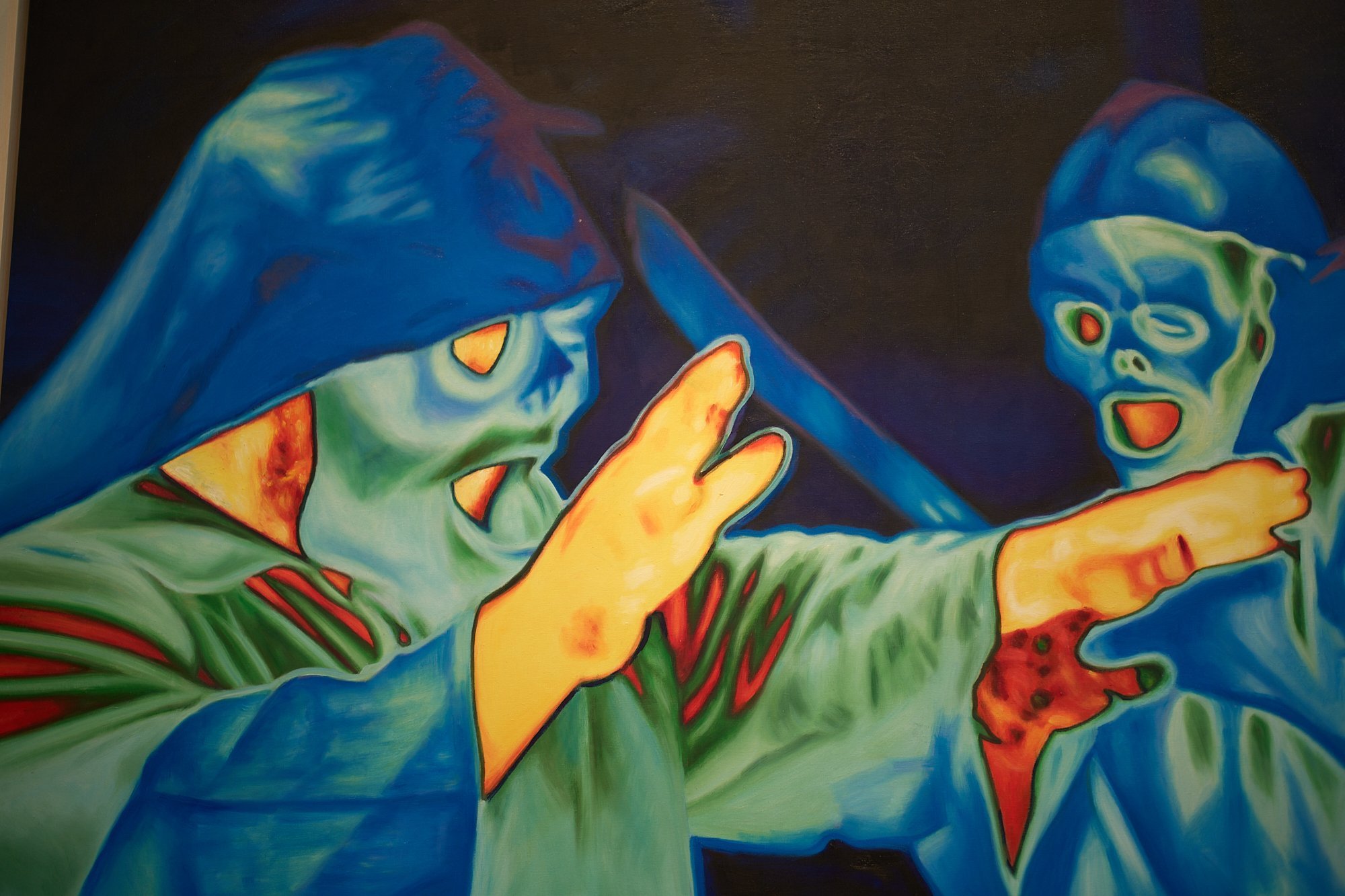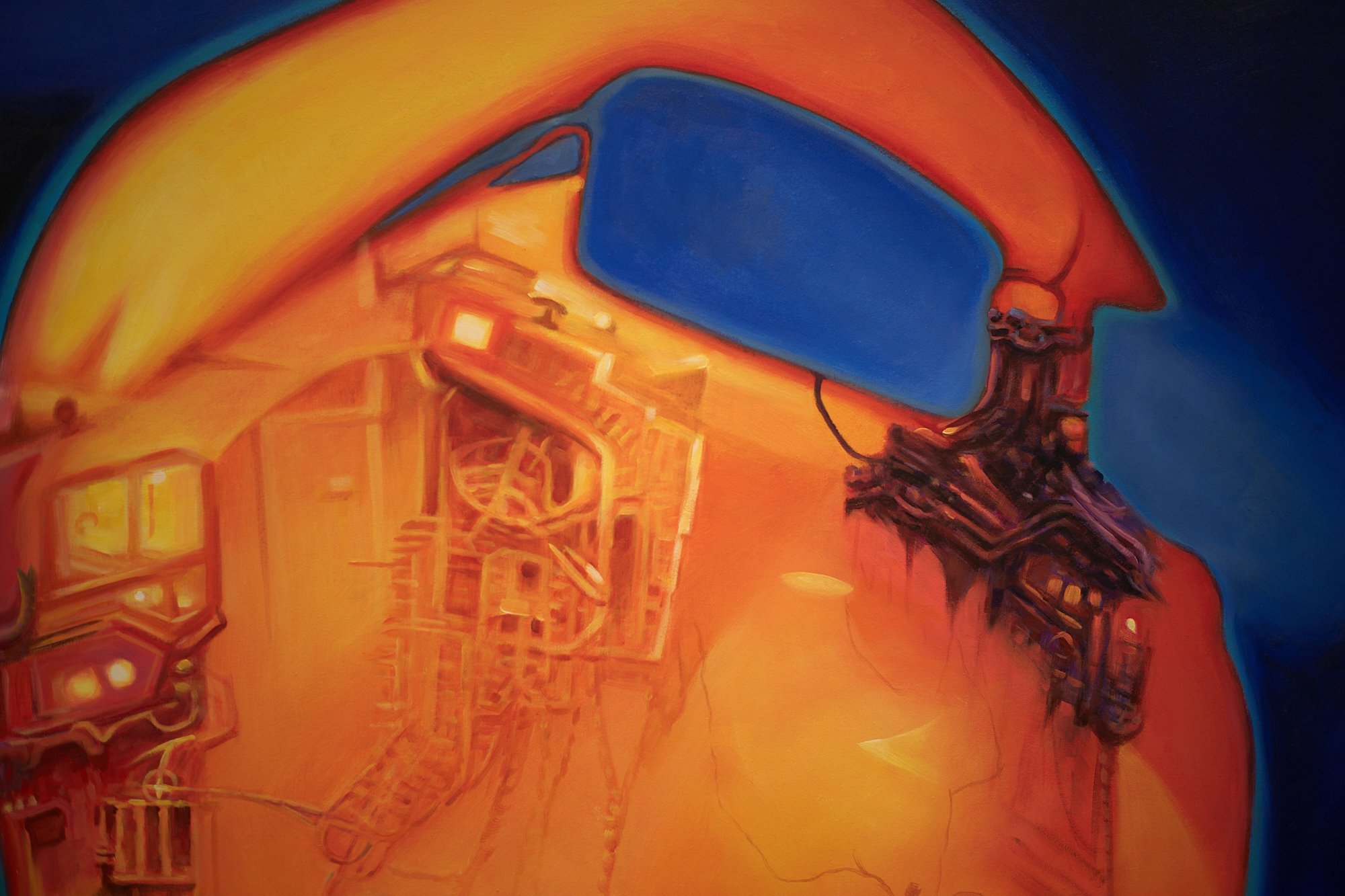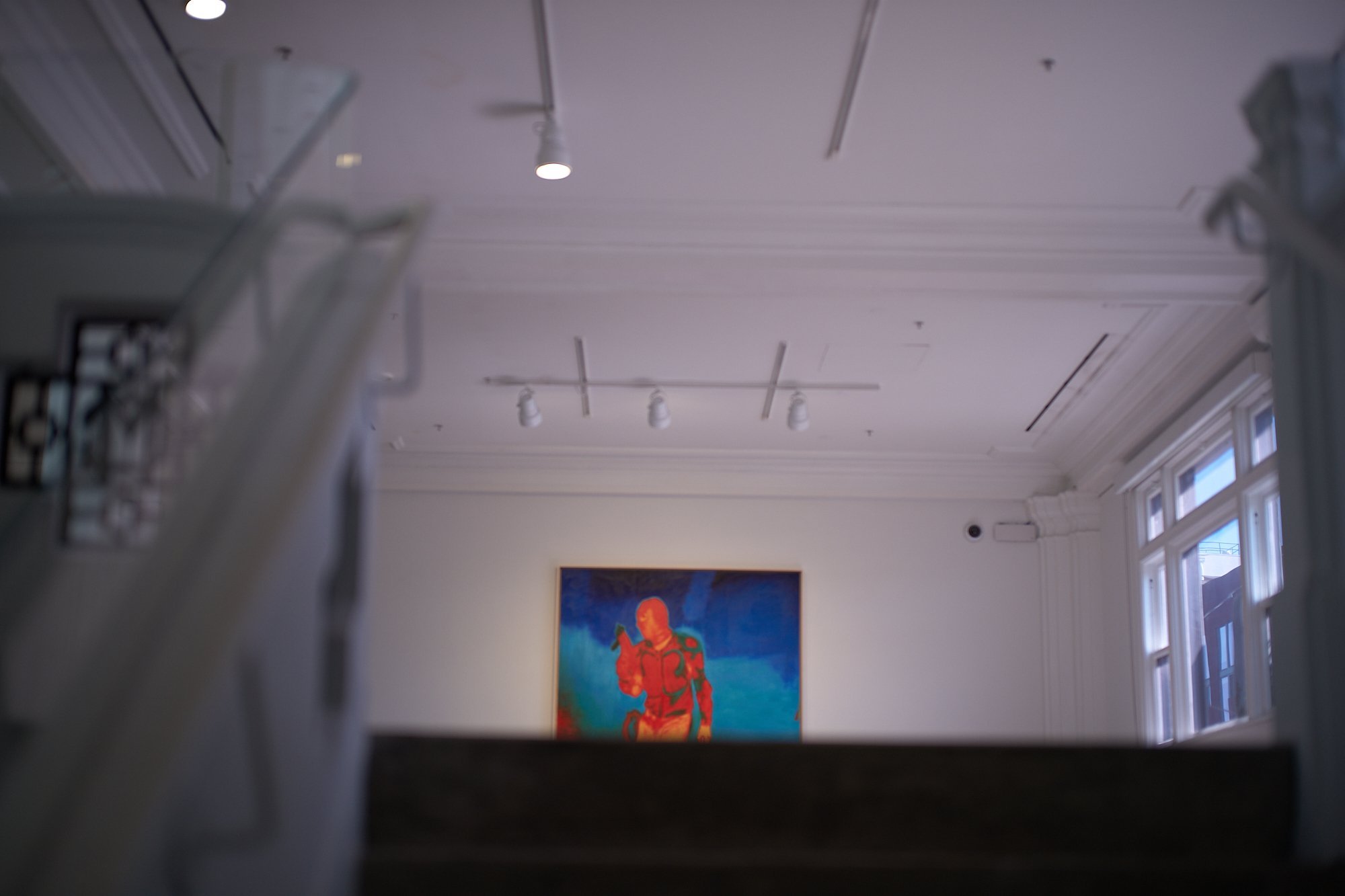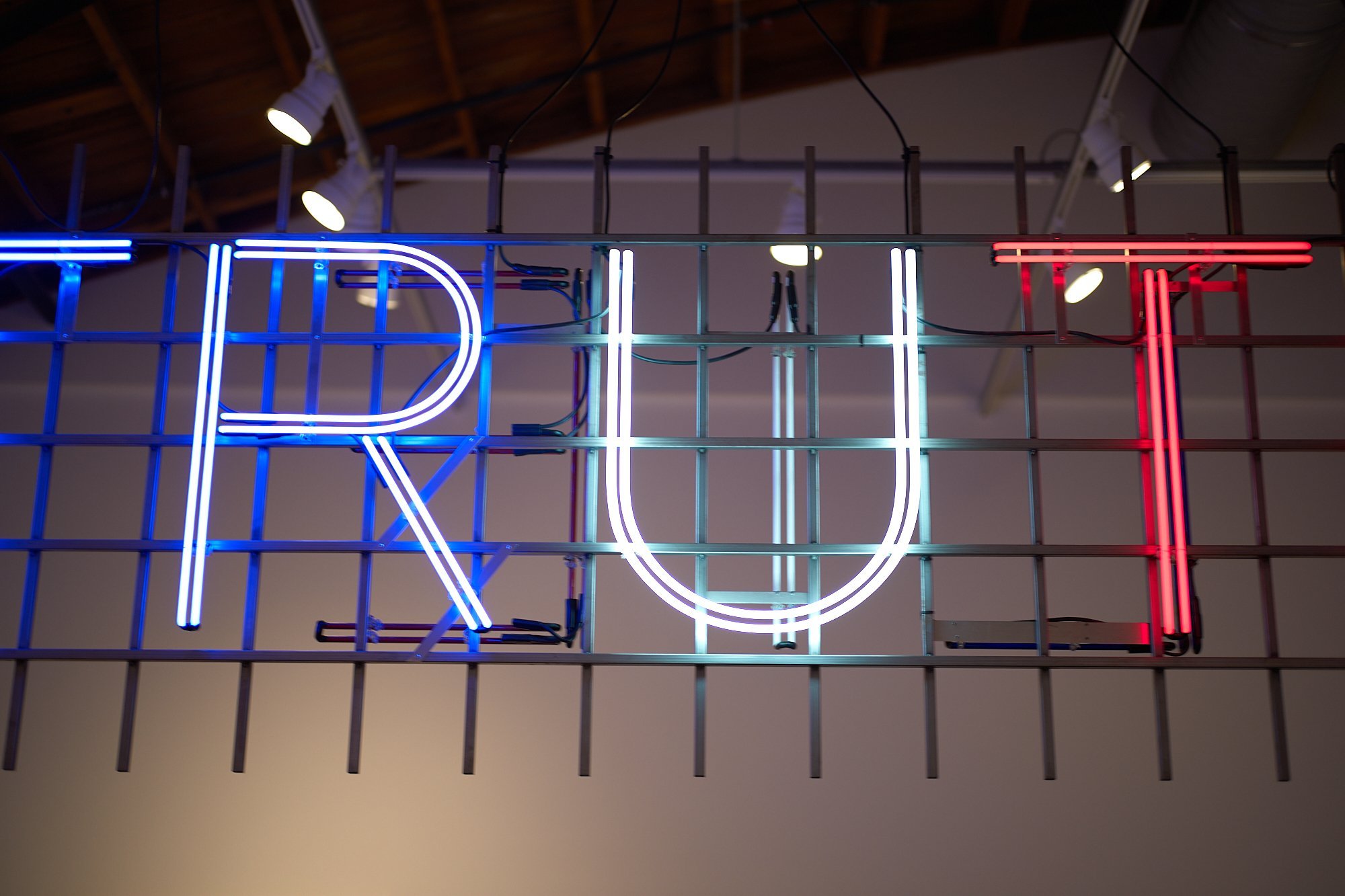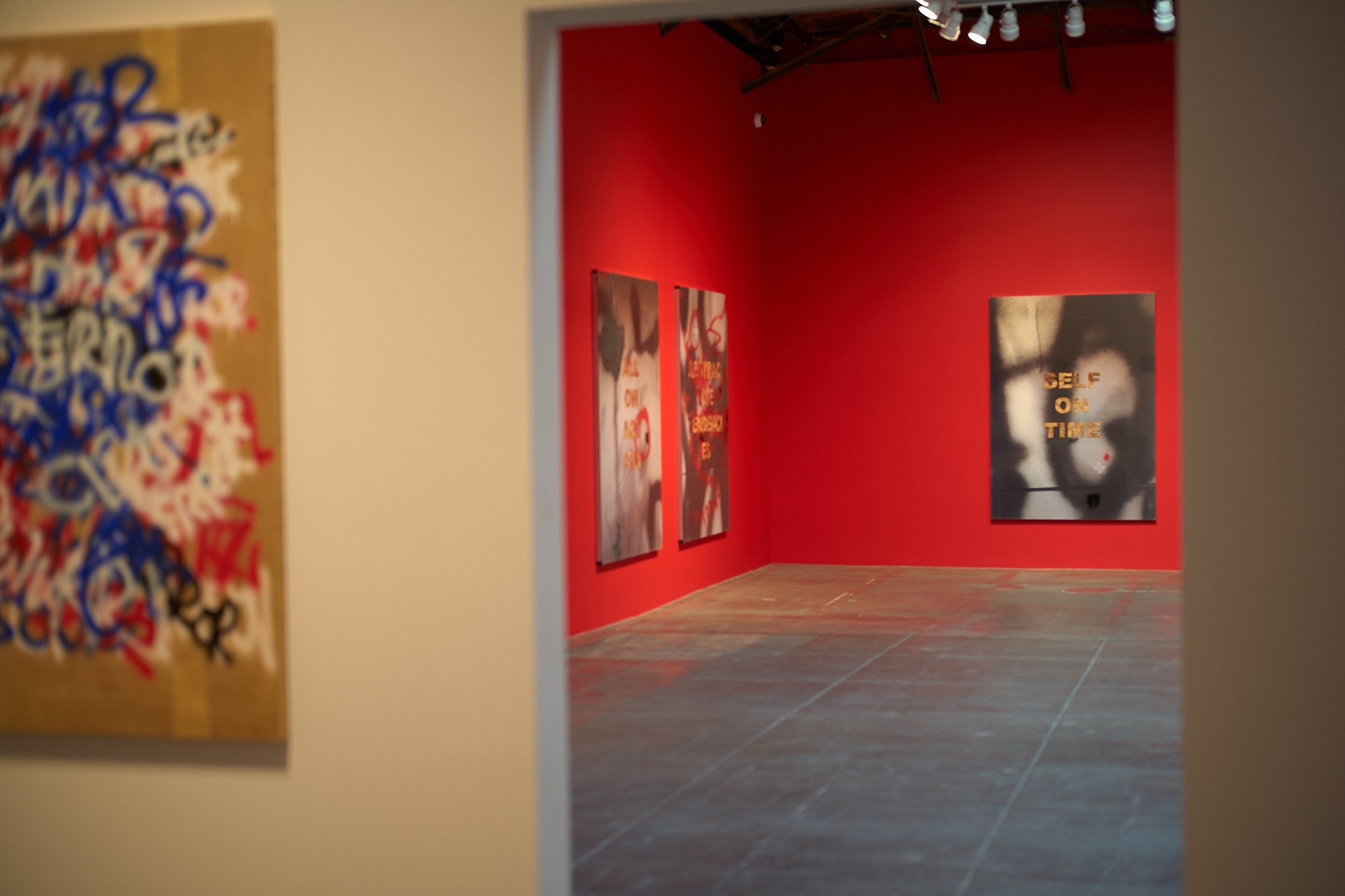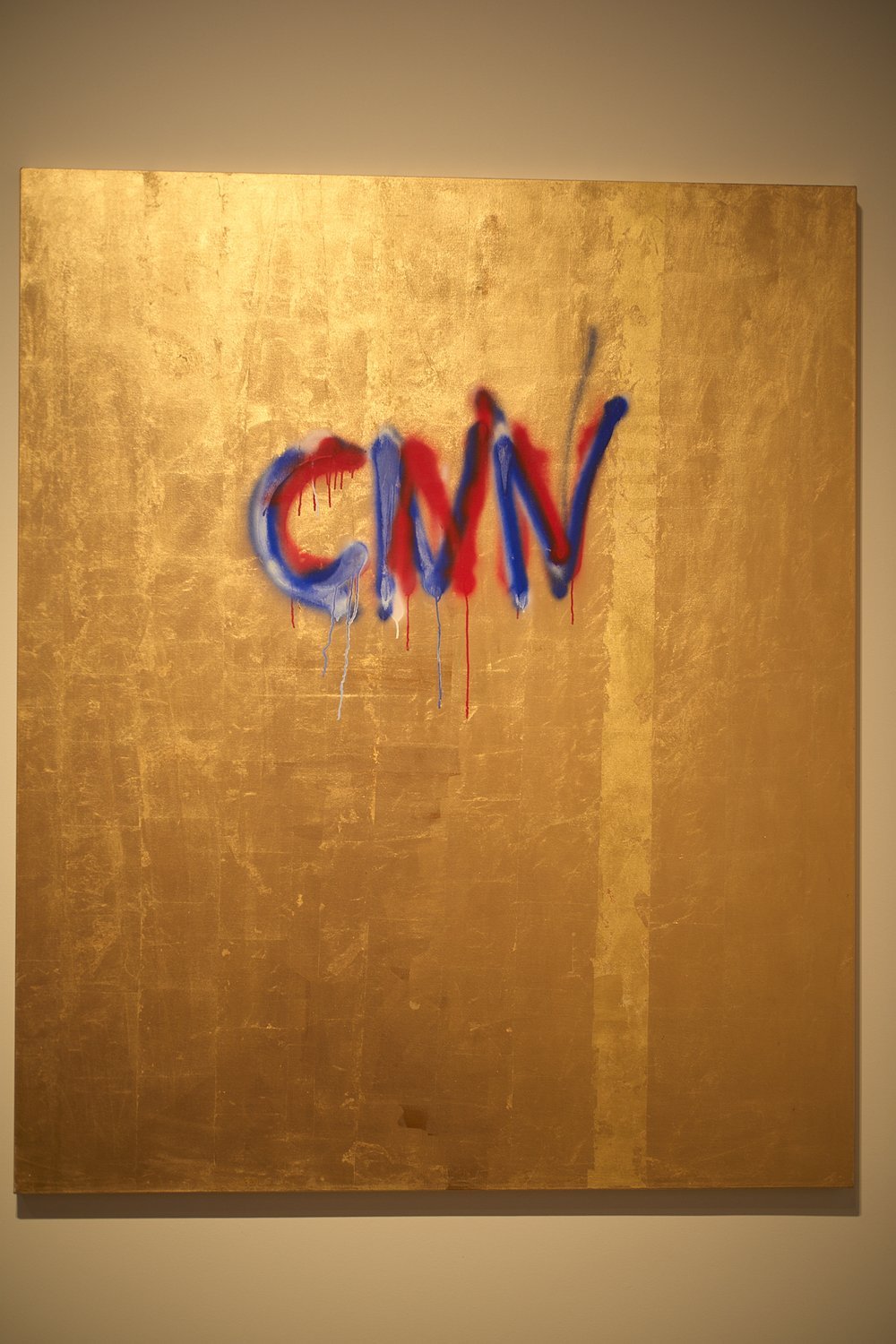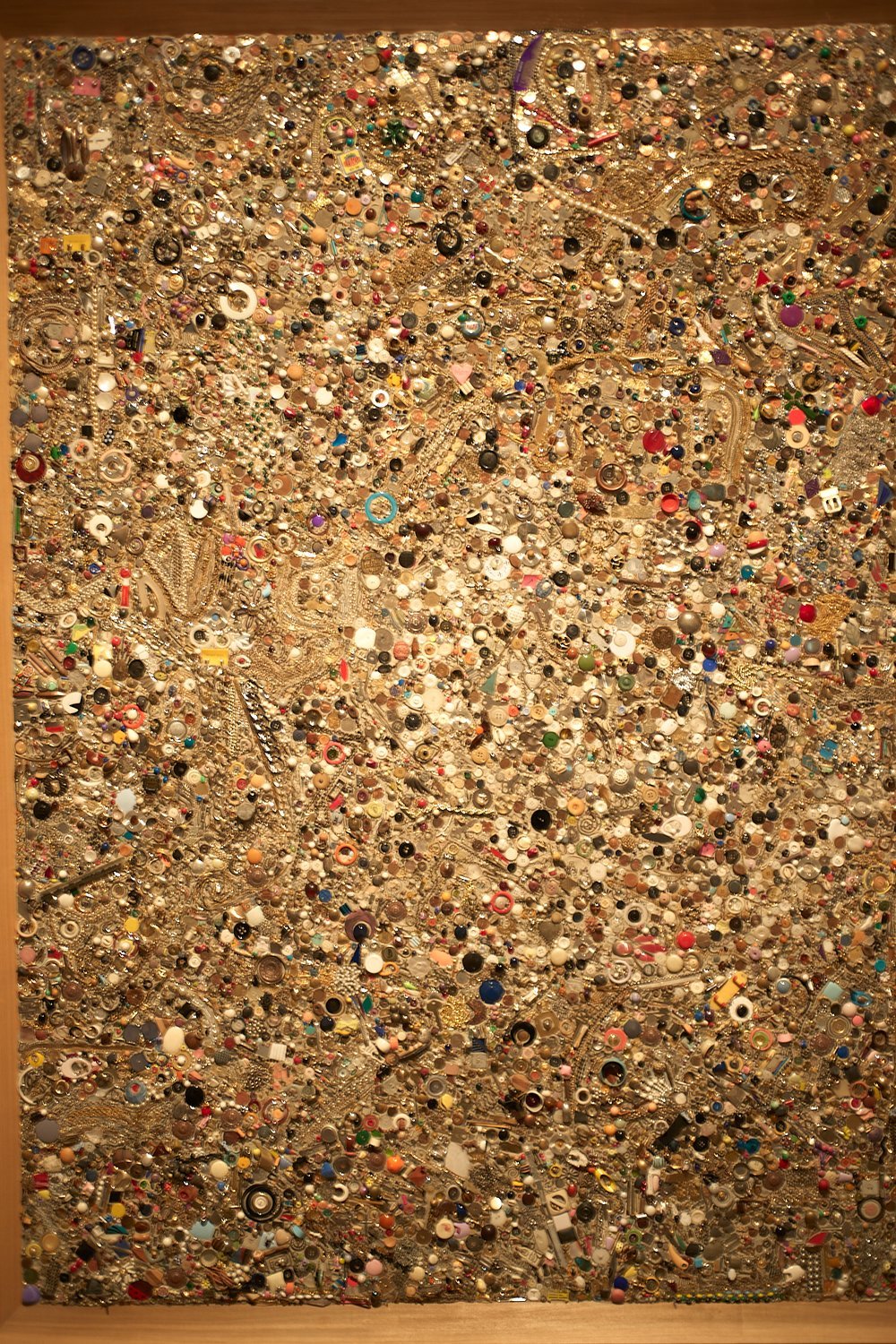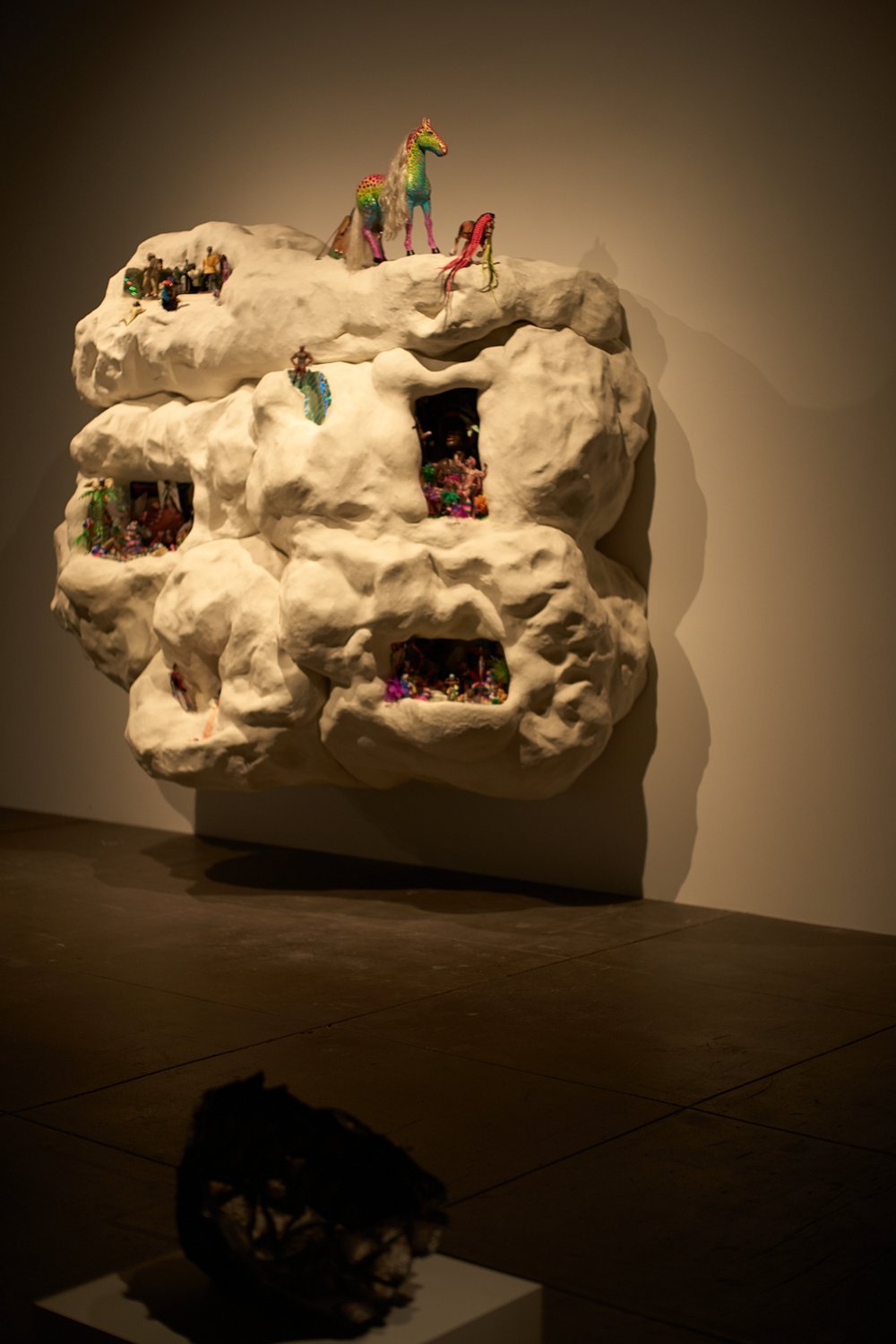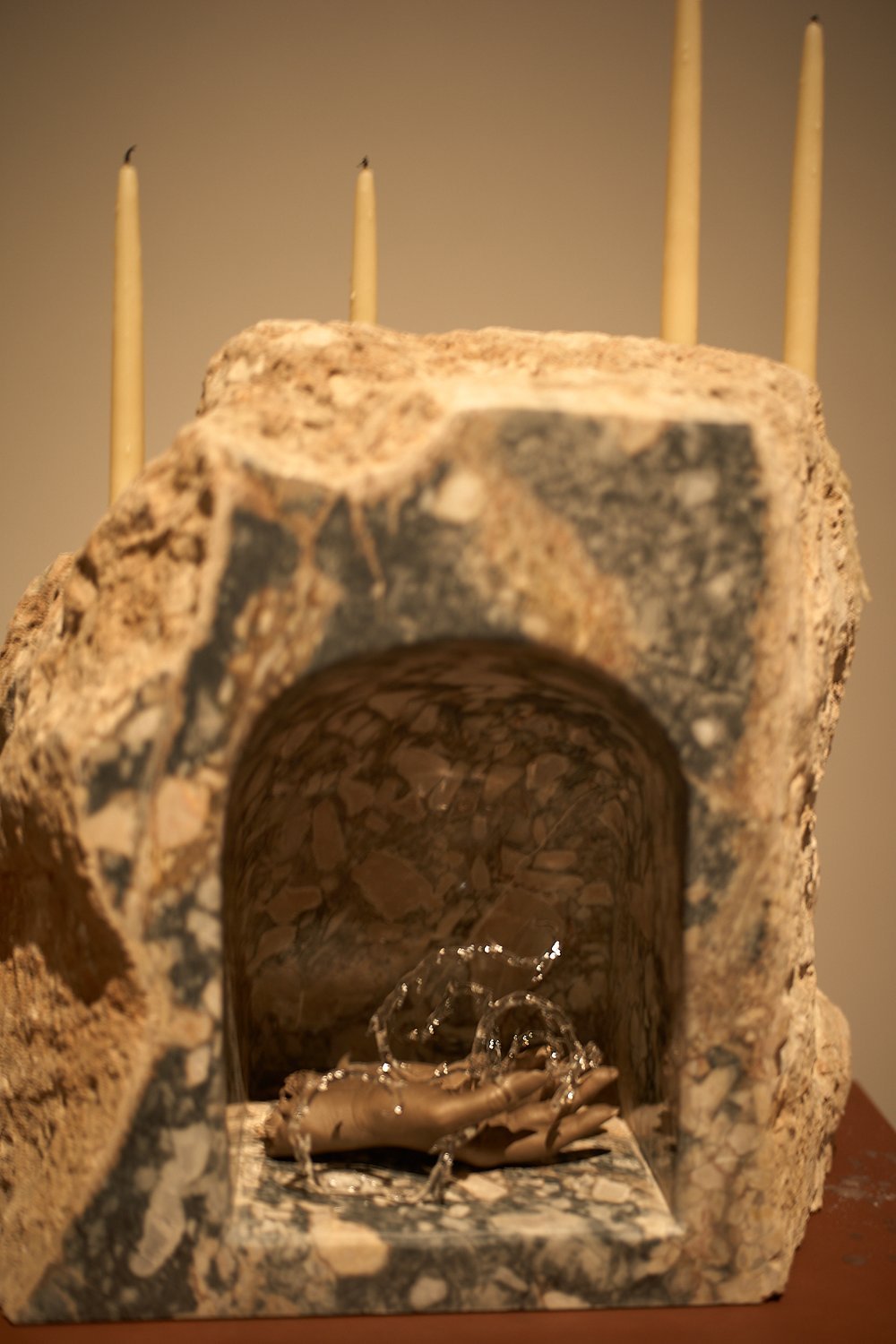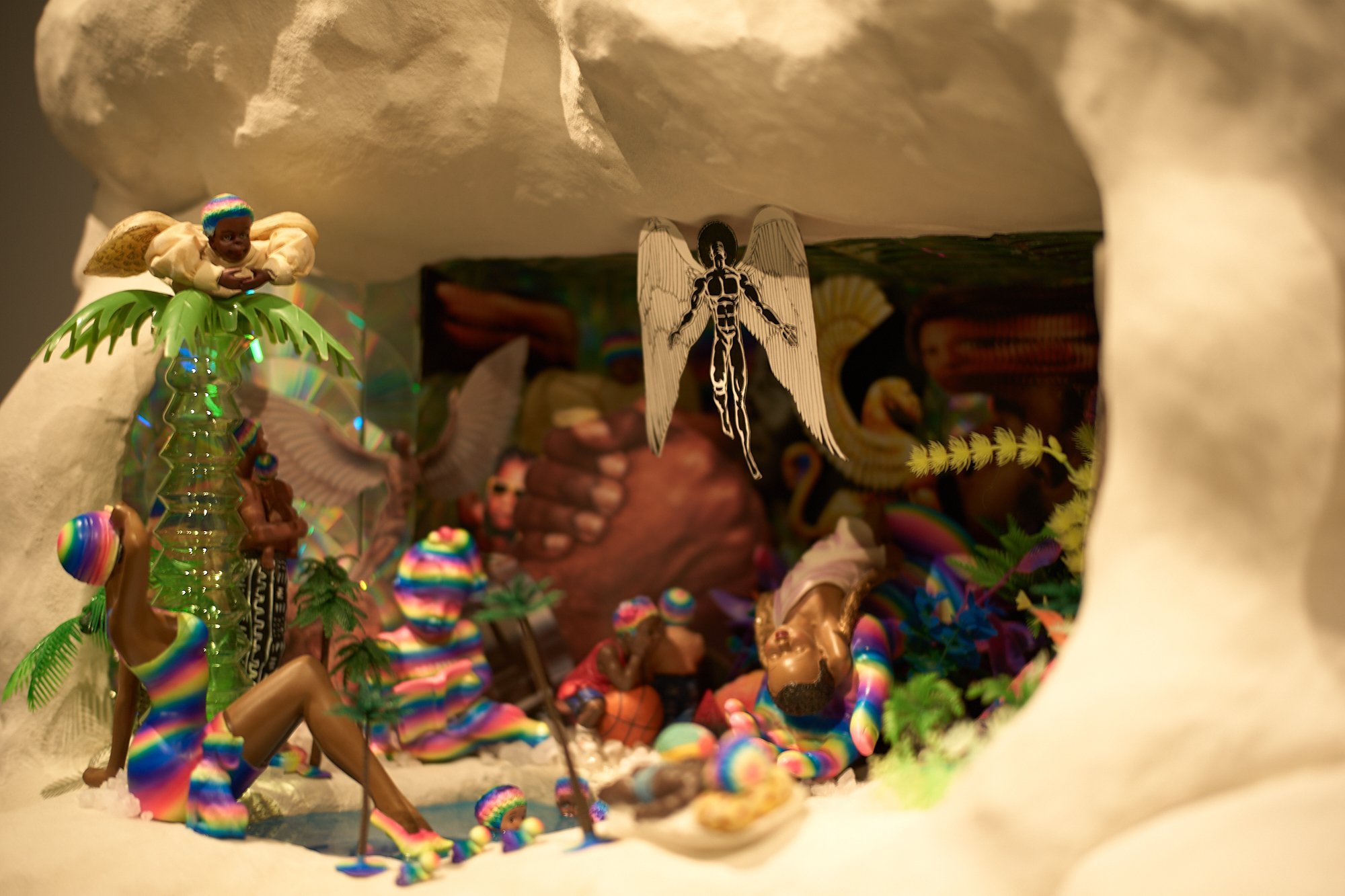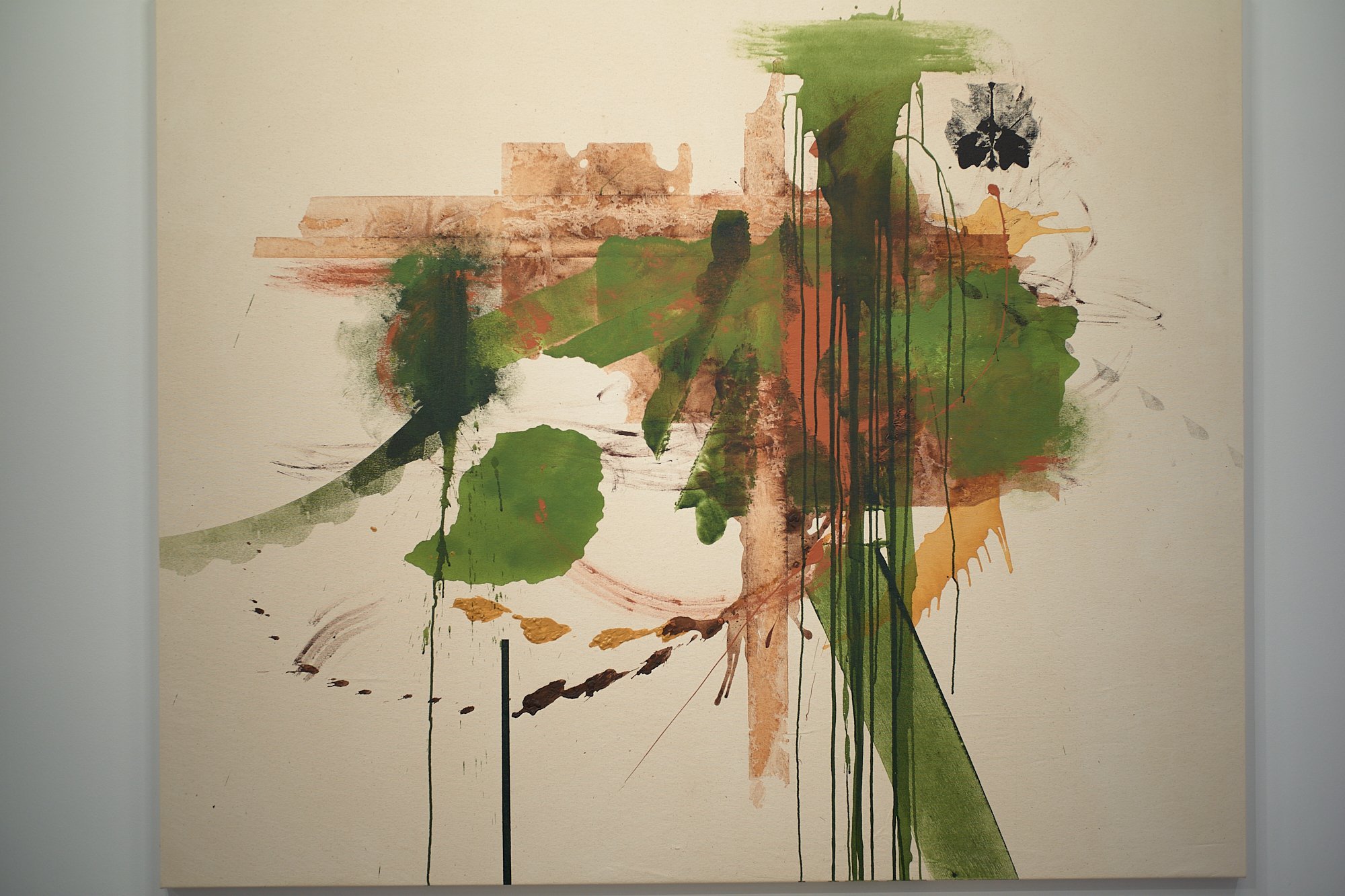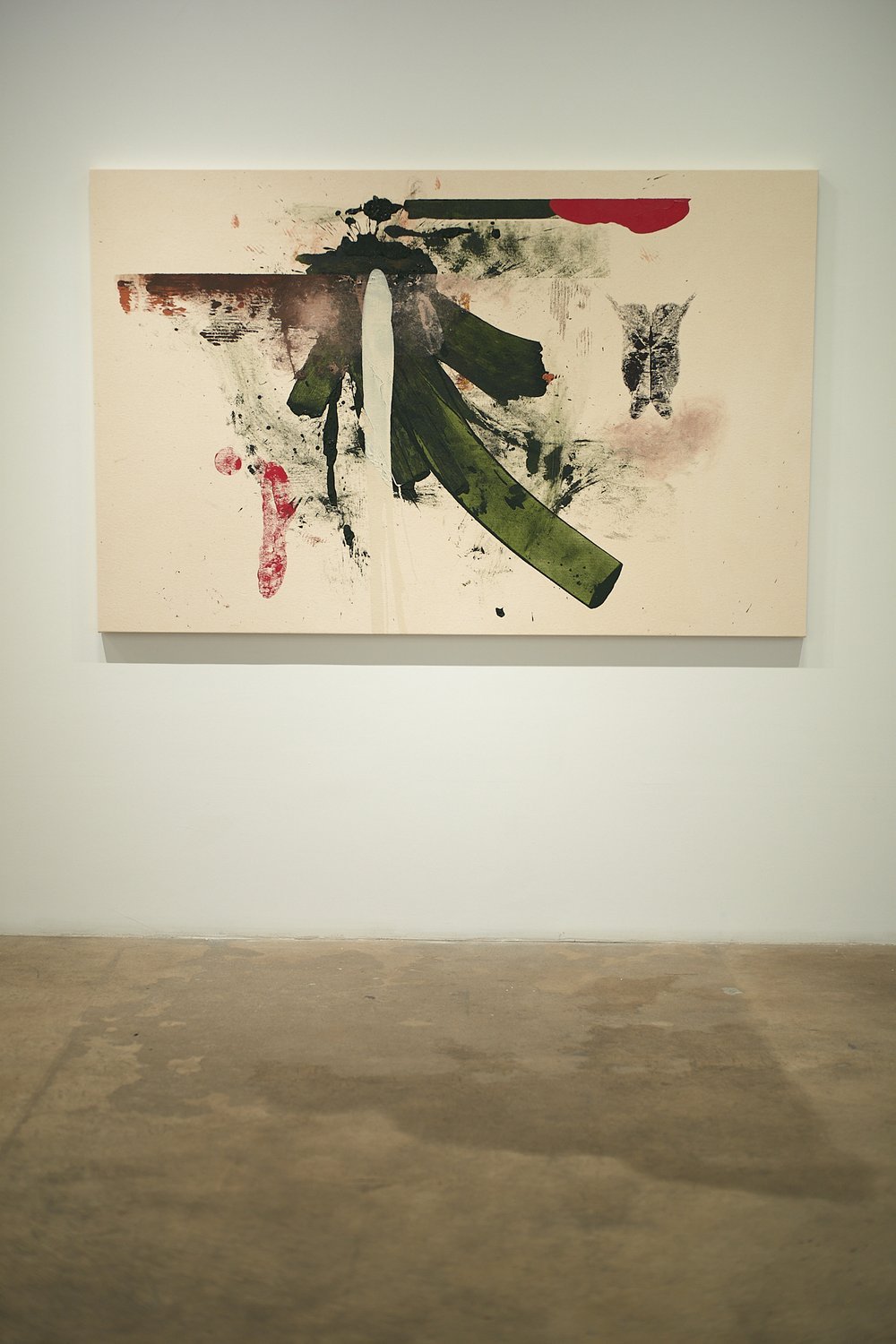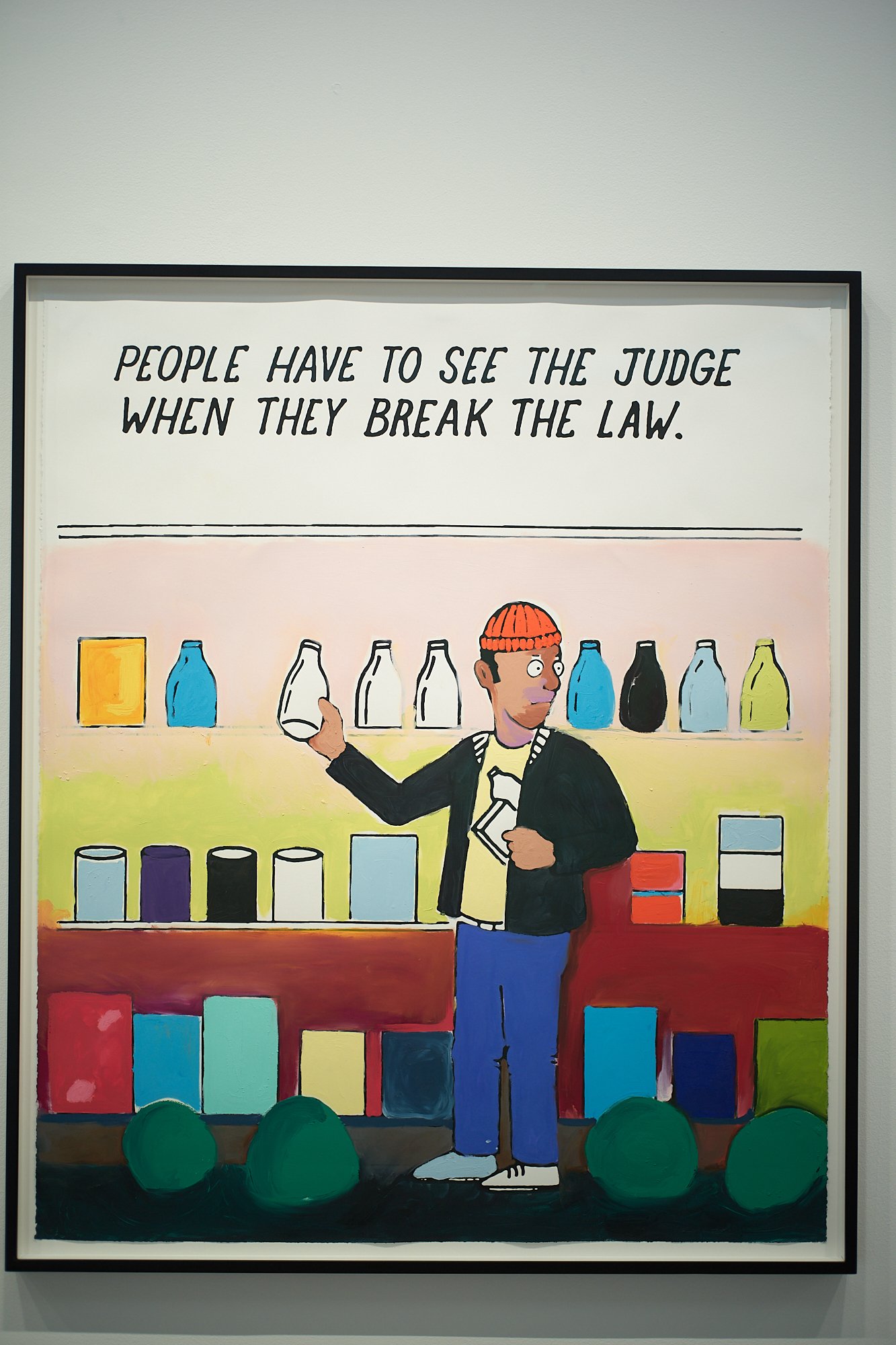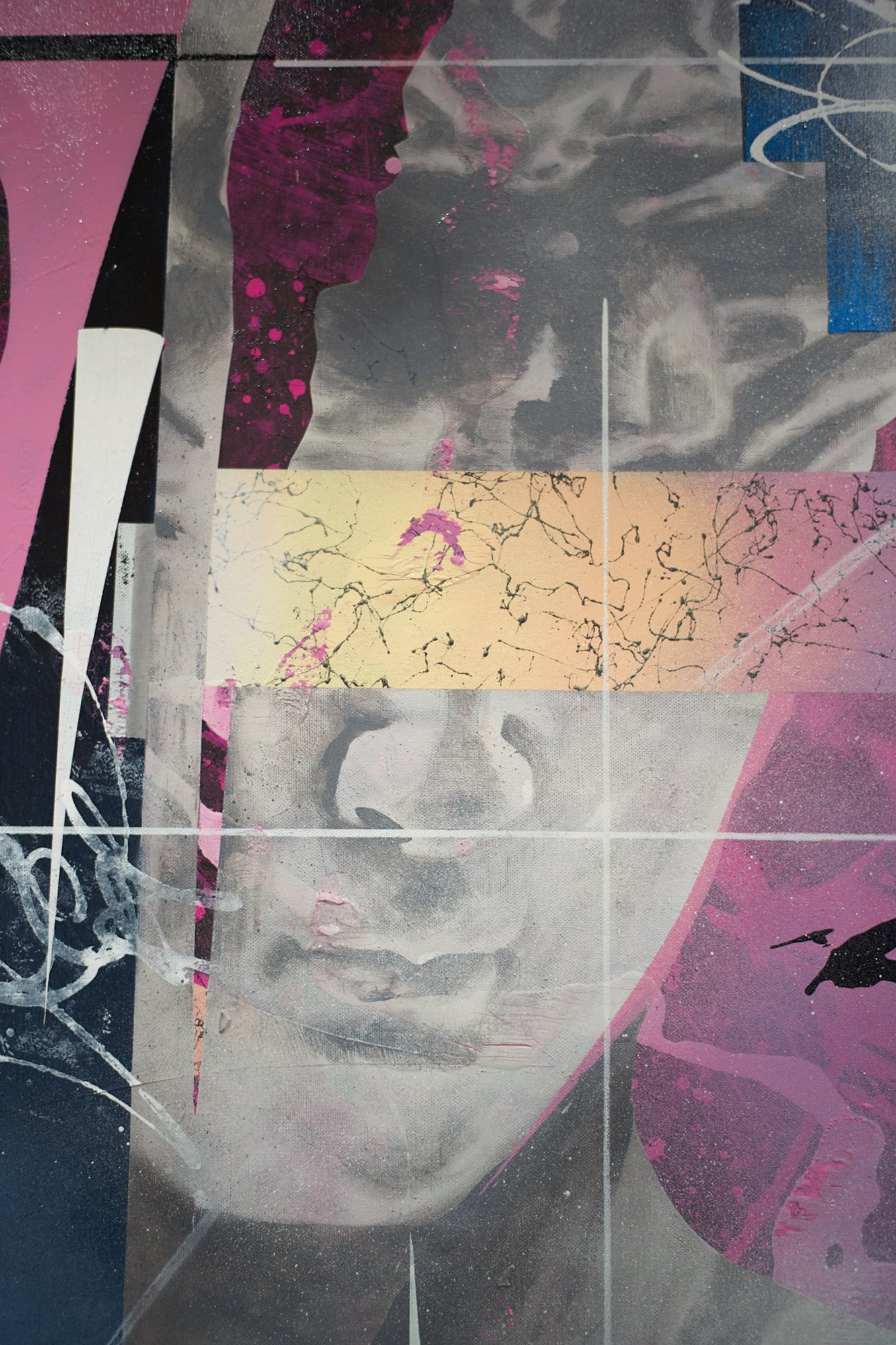HARMONY KORINE
AGGRESSIVE DR1FTER
15 SEPTEMBER 2023 – 14 JANUARY 2024
Hauser & Wirth, Downtown LA
Two weeks, at Balse.
Writing from Charles De Gaulles Airport, Paris, France. On the way to Marrakech, Morocco for photo documentary assignment. Thinking about the Moroccan rug weavers.
First, ClassicAsobi NYC was in Boston for the wonderful Anna Vinnitskaya at Boston 11.4.2023
and just a week or so later - Symphonic Artist, Schaghajegh Nosrati, Carnegie Debut 11.13.2023
life changing performances. Should checkout his updates from the links above.
Had the chance to watch the French documentary Sur l’Adamant (On the Adamant). It was more than what I had expected. Powerful. Some quotes
I lost my freedom.
All of you are free.
You do what you want.
You can’t do what you want.
I ‘m not allowed to.
I’m sure Van Gough saw these trees. These trees, the plants.
Van Gough’s planes.
I sense the presence.
He came her, I’m sure
He came her, with an easel
He painted the barges on the Seine. Vincent did.
The plane trees, the sun, the cloud, even the sun.
The birds, the wind.
He caught the wind to paint it.
He caught the sun, he painted the drifting leaves, the wind in the trees.
In his Los Angeles cactus garden, artist Klaus Rinke’s philosophy roots his living sculptures
“when I was a young little boy, my grand mother had a cactus. When my grand mother died, the cactus went to my mother. That cactus never flowered. And one morning when my mother was really sick, suddenly that cactus was flowering, and I immediately said my mother died…and then the hospital called me and your mother is dead…...the Germans are always interested in cacti perhaps it is little similar to their soul, inside soft and romantic, and outside with a lot of needles…..the human beings are part of nature so we are not so far away from the plants. They have a soul, too...they are… earthbound, and we are earthbound, too. We are...earth creatures.”
Color Theory - color scheme, temperature, naturalistic vs unnatural
Color Scheme
Analogous
Complementary
Split-Complementary
Neutral
Monochromatic
Color as one key theme. Joseph Albers - Search Versus Re-Search: Recollections of Josef Albers at Yale, a film by Anoka Faruqee
everything he did had to do with hue. Most of the problems dealt with hue.
Albers was really a wonderful leader, keeping order and keeping eye on the ball. This may be tough, you may have to go through a lot, but don’t lose sight of why you are here and what you are doing. He was a force to be dealt with, in a good sense. You sat up or stood up when you had something to say. Since he struggled with English, you listened extra carefully. You listened very carefully, because he spoke slowly, and clearly, but sometimes looking for vocabulary ... .and in a very creative way, allowing the students, the audience he was speaking to, to finish his sentence. You can sense where he was leading you, then he paused, and let you finish the thought and the sentence, and made sure you got it. It was a very interesting technique, the way of teaching.
Very, quite nice house mix. Vinyl.
and
Jazz Afro Brazilian Vinyl Mix with Darsi | Kingsland Records #010
Last Lecture Series: “How to Live an Asymmetric Life,” Graham Weaver
do hard things
do your thing
do it for decades
write your story
well said, and these are now part of my life guidance.
Max Cooper - Spectrum (Official video by Christian Stangl)
processing the world… time perspective, reflect a historical context, but a new meaning could be formed…attempting to access a kind of psychological space where unexpected things could creep into the process ... .our environment globally, is shifting and morphing - Anj Smith: In the Studio, as an act of rejecting the old codes.
Some techno
PLUS8132 – F.U.S.E. - F. U. (Official Audio)
and BACH - Bach - Prelude and fugue in C minor BWV 546 - Koopman | Netherlands Bach Society
and some how ended up into the world of Sitar - Yaman | Zia Mohiuddin Dagar | Rudra Veena
ronja - Nothing Makes Me Feel
and at the Metropolitan Museum of Art - Exhibition Tour—Vertigo of Color: Matisse, Derain, and the Origins of Fauvism | Met Exhibitions - here we meet our two artists, Matisse, and Derain. Summer of 1905. Two artists worked side by side on the coast of Southern France. Imaginary colors…And Matisse once said, I think around this time, that he really only works with about four or five colors and he tries to make them either clash or sort of bounce off of each other. And what we are really seeing here is both the touch, the brushwork, and I think particularly the color, is being used purely to express his own personal vision of the place, and his own feelings about it, rather than anything approaching naturalism or realism.
till next time.
Charles A. Balse
STEFAN BRÜGGEMANN - WHITE NOISE
November 10, 2023
Hauser & Wirth
15 SEPTEMBER 2023 – 14 JANUARY 2024
DOWNTOWN LOS ANGELES
Words of Wisdom
The real value of inconsistency is that it can bring about what Milan Kundera called “sudden densities” - moments when something appears in your work that gives you an opening, some oddity or mutation that sets you off in a new direction. Variability allows your work to breath; it helps you to steer clear of tyrannies and find charm in the unfamiliar. - How to be and Artist, Jerry Saltz, #34 Be Inconsistent, Zettel 164
Courage can’t be measured…Every good work of art has courage in it somewhere. Grant your own art that agency. Put faith in it; let it stave off cynicism and clear a path for you to proceed…Courage is a desperate gamble that will place you in the arms of the creative angels. - How to be and Artist, Jerry Saltz, #39 Have Courage, Zettel 165
Don’t limit your potential by presenting yourself as just one kind of maker: a potter, printemaker, watercolorist, macramist, landscape painter, … you are an artist…We’re living in an electric moment when many artists don’t define themselves by mediums at all. They say multimedia, or say all media, or they just say “artist” and let you figure out. I once heard Robert Rauschenberg describe his combine-assemblages as not “painting or sculpture” but “poetry”. That is you: a material poet. - How to be and Artist, Jerry Saltz, #40 Don’t Define Yourself by Single Medium, Zettel 166
If you work hard and try to be very honest with yourself, your art might tell you almost everything you need to know about yourself. - How to be and Artist, Jerry Saltz, #45 Art & Therapy, Zettel 167
Art is the simultaneous coexistence of change and stability. It is less an arrow than a plasma cloud, always with us never the same. - How to be and Artist, Jerry Saltz, #58 Have Courage, Zettel 168
At three am, demons speak to all of us. Iam old, and they still speak to me every night. And every day. They tell you that you’re not good enough, you didn’t go to the right schools, you’re stupid, you don’t know how to draw, you don’t have money, you aren’t original; that what you do doesn’t matter, and who cares, and you don’t schmooze, and have a bad neck. They tell you that you’re faking it, that other people see right through you that you’re lazy, that you don’t know what you’re doing and that you’re just doing this to get attention for money. I have one solution to turn away these demons: after beating yourself up for half an hour or so, stop and say out loud, “Yeah, but I’m a Fucking genius.” You are, too. You know the rules. They’re your tools. Now use them to go change this world. Get to work! - - How to be and Artist, Jerry Saltz, #62 Have Courage, Zettel 169
CURATED BY JAY EZRA NAYSSAN
IN COLLABORATION WITH THE MIKE KELLEY FOUNDATION FOR THE ARTS
HAUSER & WIRTH, Downtown LA
15 SEPTEMBER 2023 – 14 JANUARY 2024
Main Studies
APPENDIX:
Why Moroccan Rugs Are So Expensive | So Expensive
In his Los Angeles cactus garden, artist Klaus Rinke’s philosophy roots his living sculptures
Analyze Art with Colour Theory (Beginner)
The Story of: Peter Doig (1959–Today)
Funky House Vinyl Mix Vol.2 by E110101
Jazz Afro Brazilian Vinyl Mix with Darsi | Kingsland Records #010
Schubert - Piano Sonata No. 21, in B flat. - the most beautiful piece ever written for solo piano?
Last Lecture Series: “How to Live an Asymmetric Life,” Graham Weaver
Max Cooper - Spectrum (Official video by Christian Stangl)
Anj Smith: In the Studio
Mark Bradford and Luther Davis on Printmaking
Search Versus Re-Search: Recollections of Josef Albers at Yale, a film by Anoka Faruqee
On the Adamant / Sur l'Adamant (2023) - Trailer (English Subs)
PLUS8132 – F.U.S.E. - F. U. (Official Audio)
Speedy J - Ginger (Full Album) [1993]
Bach - Prelude and fugue in C minor BWV 546 - Koopman | Netherlands Bach Society
Yaman | Zia Mohiuddin Dagar | Rudra Veena
ronja - Nothing Makes Me Feel
Exhibition Tour—Vertigo of Color: Matisse, Derain, and the Origins of Fauvism | Met Exhibitions
Moulin Rouge: The Man Who Captured The Nightlife Of 19th-Century Paris | Great Artists | Perspective
ClassicAsobi recommends
This section features content recommended from the NYC based ClassicAsobi and his team, specializing in classical music.










